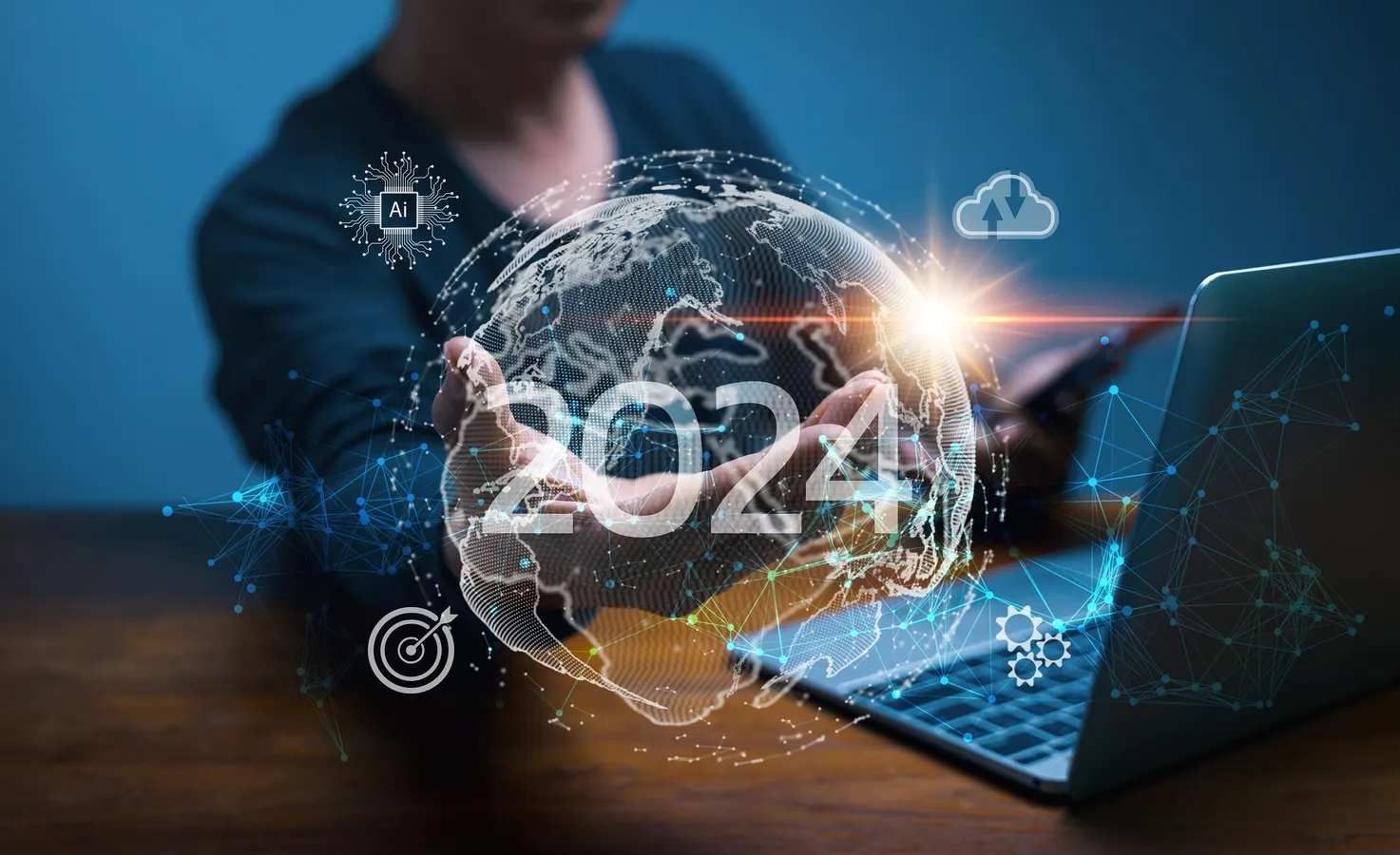2024 will see no slow down in internet growth and development.
Her annual reports on internet trends had become the stuff of hopeful internet folklore – full of prophecies and evidence that she would communicate in June. Google search records show distinct spikes in interest for ‘Mary Meeker’s reports’ on the days she presented her findings.
Social media has matured into a multiverse of feeds and creator economies.AI is sneaking through influencer marketing processes to connect with influencer marketing wherever it takes flight.
Generative AI
In truth, we see generative AI’s effects everywhere on the internet, from viral deepfakes, to think pieces on the putative dangers of AI to existence itself, to of social media, which seems to get worse every day. Yet the same tool – generative AI – could likewise be employed to undermine the freedom of the internet, if wielded by the wrong hands; like fire that keeps us warm at night, but also destroys villages. These models take lots of data to train, both in dollars and time – OpenAI’s GPT-3 was trained with 45 terabytes of text, around a million feet of bookcases, or a quarter of the Library of Congress. For most companies, it won’t make sense to build foundational models from scratch. However, tuning off-the-shelf models brings a lot more granular control.
Deepfakes
Deepfakes are images or video that have been created using artificial-intelligence (AI) technology, and which are indistinguishable from the real thing. From disinformation to revenge porn, to a world of potential malicious uses, deepfakes could wreak havoc. We are now seeing deepfakes created for entertainment and art purposes, but foreign governments are also using them to subvert and mislead people, interfere with elections and create unrest. Likewise, for stock market manipulation, tax fraud and identity theft. Deepfakes represent a speculative dual threat that is at once invigorating and frightening: firstly, unchecked, the emergence of new technologies could induce a global catastrophe of sorts, as media sources, real and fake, proliferate in a manner that would make it impossible, even for those with a traditional expertise in the field, to discern what is real and what is false. However, these new digital literacy techniques, backed up by considered vigilance, could become tools to fight them against all odds.
Digital Twins
Digital twins are virtual alternatives to physical products, systems or processes that can be used to facilitate simulation, integration testing, monitoring and maintenance. There are several different types of digital twins that can be defined, such as system twins (eg, like Google Maps), product twins, store twins and customer twins. The demand for immersive experiences is already leading marketers to use digital twins to create rich and engaging brand experiences that drive customer engagement and loyalty. As just one example, store twins can be used to not only assist shoppers in making purchases, but also to drive efficiency and cut costs within a retail operation, while product twins can help engineers test and refine designs faster than if they had to make physical prototypes.
Sensors
At the heart of the IoT are sensors. They are responsible for everything from the transfer of data packets over networks to more advanced applications like analysing powerline currents or industrial machine health monitoring and predictive maintenance. Typically, IoT sensors will convey to computers in the cloud the data they produce, where it will be converted into information for users, or into commands for actuators. They can also help to save time and money in industrial plants where smart maintenance allows for minimising costly downtime due to equipment failure. And this is why, in parallel to these developments, researchers are now spearheading the design of more advanced and more efficient smart sensors with improved fabrication methods, more and more integration capabilities, and more built-in intelligence, all of which come together in bringing the IoT closer to its potential.
COVID-19
The pandemic pushed work and other social activities away from offices to basements, living rooms and other home areas — a massive surge for internet services: schools shifted to Google Classroom, while meetings migrated to a Zoom/Hangouts meeting; streaming video services such as YouTube/Meta Reels reached record viewership, and TikTok declined in popularity as people moved away from TikTok and toward YouTube/Meta Reels. With greater digital presence come the questions of work overload, technostress, presenteeism issues, whether in terms of personal and family wellbeing or legal protections. Security and privacy are likely to gain even more relevance; apps using blockchain type of technologies that foster secure online commerce and transactions will need to be designed; zero-rating before regulators may need to be studied. Digital payment will see a rapid growth trajectory in these WFH scenarios, or in gig economies, and brands will adopt social commerce as part of their strategy.





